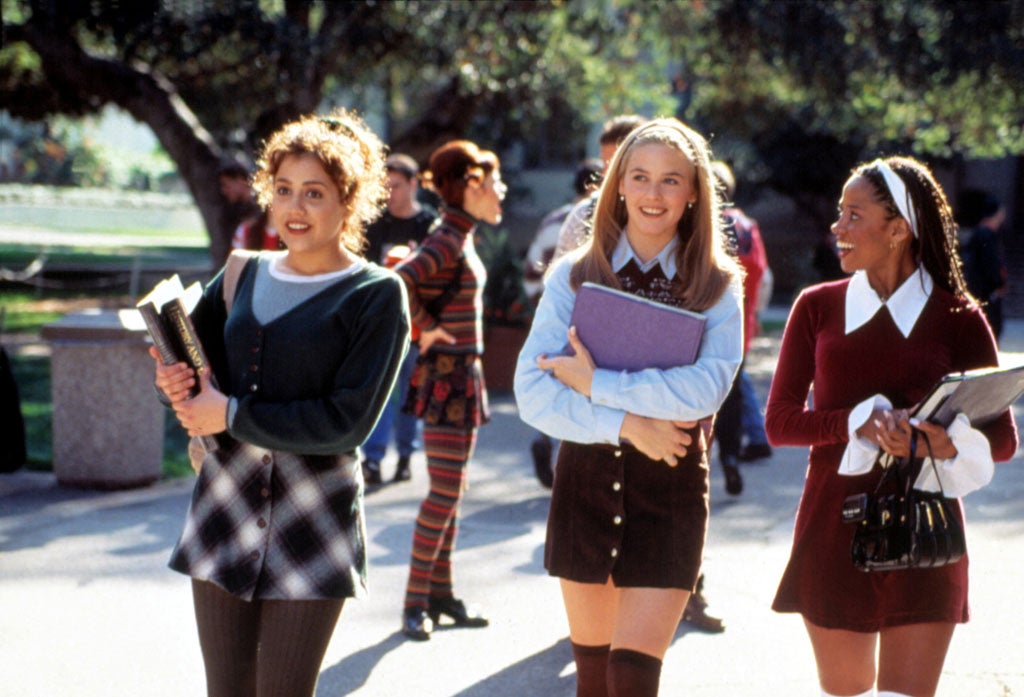The Marriage Plot, By Jeffrey Eugenides

Madeleine Hanna, the 22-year-old heroine of Jeffrey Eugenides's long-awaited follow-up to Middlesex, is an English major unfashionably absorbed in Regency and Victorian literature. This is at a time, the early 1980s, when her contemporaries at Brown University are in thrall to the radical opacities of poststructuralism: "How wonderful it was when one sentence followed logically from the sentence before! What exquisite guilt she felt, wickedly enjoying narrative! Madeleine felt safe with a nineteenth-century novel. There were going to be people in it. Something was going to happen to them in a place resembling the world."
And so it is with The Marriage Plot. Madeleine's senior thesis traces the development, and demise, of marriage as the structural basis of the novel, from the social comedies of Jane Austen through the starker complexities of George Eliot and Henry James, to its last, enfeebled gasp in John Updike's anatomies of infidelity. Eugenides's novel picks up where Madeleine's thesis leaves off. How might it be possible, a generation on from Updike, after the fragmentations of postmodernism, and the lesion of meaning from the institution itself, to make marriage the organising principle of your narrative without risking sentimentality or outright anachronism?
As Eugenides has written elsewhere, "multicultural" novels can get away with it, the societies they examine being "still bound by custom and tradition". But to the modern Western novelist, what conceivable use is "the greatest subject the novel ever had" when the great-great-granddaughters of James's Isabel Archer can forestall marital unhappiness simply by insisting on a prenup?
Like Emma Woodhouse, or Elizabeth Bennet, or Mrs Gaskell's young protagonists, Madeleine is sprightly and intelligent in inverse proportion to her worldliness. The novel charts her sentimental education, inflected, at least at first, by her exposure to a school of thought that casts being "in love" as nothing more than a cultural construct. It is an attractive idea to Madeleine, who is painfully, and (it seems) unrequitedly, infatuated with Leonard Bankhead, a philosophically inclined, emotionally unstable biology major in her Semiotics class.
The problem is, she doesn't buy a word of it: "She could read Barthes' deconstructions of love all day without feeling her love for Leonard diminish the teeniest little bit." Meanwhile, her "smart, sane, parent-pleasing" and thus fatally unsexy on-off friend Mitchell Grammaticus, lured from literature by the more stringent spiritual requirements of theological study, has fallen hard for Madeleine.
Eugenides clearly knows his theory, and the first third of The Marriage Plot constitutes a sort of campus novella, in which the love triangle is lucidly contextualised in the intellectual fashions of the time. What's striking is how little those fashions appear to have influenced the novel's composition. For a story quite so preoccupied, at least on the surface, with deconstruction and defamiliarisation, The Marriage Plot is sedulously unplayful, with the exception of the odd Pynchonian near-aptonym ("Bankhead", "Grammaticus", "Thurston Meems") and a (rather perfunctory) metafictional gesture on the final page.
Sentences follow logically from the sentence before. There are certainly people in it and, if Madeleine is ultimately faced with a choice that flirts with the schematic (the man of science vs the man of God), the place does for the most part resemble the world. The prose is sober, restrained in syntactic enterprise, serving a solidly constructed plot that advances only to loop back and, using a light, skilfully handled free-indirect style, cover the same ground from a different character's perspective.
In other words, it's a tender, well-written, compulsively readable, essentially conventional love story. Eugenides's response to the difficulty of writing a marriage plot, when marriage doesn't mean much anymore, has seemingly been to acknowledge that difficulty, then soldier on and write it anyway.
Where the novel begins to chafe against its self-restraint is in the figure of Leonard. After graduation, encouraged to pursue a career in academic theology, Mitchell goes off to find himself, first in Europe, then amid the (vividly evoked) squalor and suffering of Mother Teresa's Home for Dying Destitutes in Calcutta. Leonard, meanwhile, is following an opposite trajectory, failing to graduate and spending three weeks laid up in a psychiatric ward with severe depression.
Brought closer by the condition that had initially forced them apart, Leonard and Madeleine make a go of cohabitation, in the living quarters of a research laboratory on Cape Cod Bay. There Leonard is engaged in a study of the mating behaviour of yeast cells, which furnishes a terrific scene. Madeleine's uptight mother Phyllida, visiting with the older, more troubled sister Alwyn, listens to Leonard's elucidation of the science while quietly assessing his suitability as a mate for her daughter.
Leonard is clearly modelled on Eugenides's near-exact contemporary, the late David Foster Wallace. A big, bandanna-wearing guy with a delicate voice, he chews tobacco, labours under the perpetual threat of suicidal depression, and in his gifts for both literary theory and bioscience straddles the two cultures with an ease reminiscent of Wallace's multidisciplinary genius. Leonard's struggles to stave off mental illness prompt some of the most persuasive, if not to say Foster-Wallacean, writing in the book.
Eugenides compares Leonard's perception of "the huge tide of sadness" lithium prevents him from feeling to "squeezing a baggie full of water and feeling all the properties of the liquid without getting wet". In a thrilling, moving sequence towards the end, events in Leonard's life with Madeleine take a decisive tur. It's fitting that this complex, feelingly drawn character should, like Nabokov's Pnin, escape from the confines of the story into his own, unknowable future.
Nat Segnit's novel 'Pub Walks in Underhill Country' is published by Fig Tree
Join our commenting forum
Join thought-provoking conversations, follow other Independent readers and see their replies
0Comments